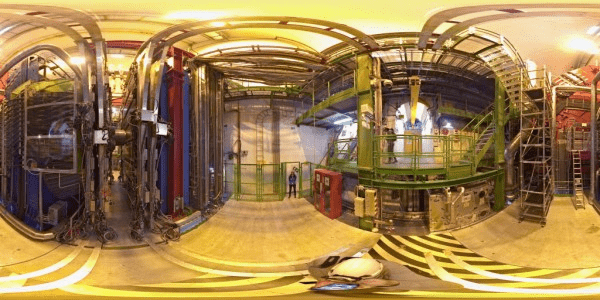Thanks to microelectronics, scientists at the US National Institute of Standards have revived the idea of television, and the research is gaining ground in tech. They have developed an incredibly amazing “Atomic Television” through lasers and atom clouds. The television works when it matches the resolution standard of 480i, thus telecasting live video feeds and even video games. The research has emerged to become a part of the scientific mainstream and has been published in AVS Quantum Science. At the heart of innovation is its “Rydberg State,” which is discussed below. However, it should be noted that the team has not yet made it available for sale as they are working to optimize the system’s bandwidth.

Now, coming towards the Rydberg state, it is achieved when gaseous rubidium atoms are prepared by the two different color lasers. These two-colored laser beams have been excited by the gaseous super-sized rubidium atoms because they got a high energy level when being in the Rydberg state. In the previous research study, scientists prepared a “radio receiver” and a “headphone appliance” with the same technique but by replacing rubidium with cesium atoms. Through this method, they are able to increase the sensitivity level of the receiver by a hundredfold.

However, in the current research work, as depicted in the video, an electrical engineer, Chris Holloway from the National Institute of Standards and Technology (NIST), stated, “We figured out how to stream and receive videos through the Rydberg atom sensors. Now we are doing video streaming and quantum gaming, streaming video games through the atoms. We basically encoded the video game onto a signal and detected it with the atoms. The output is fed directly into the TV. “
As far as the radio receiver is concerned, the input signal was modulated by using a stable carrier signal, and then it was transmitted through the horn antenna. Due to this transmission, an energy shift in the atoms was detected by the team, which was then regarded as an output signal and was obtained in VGA format. It was then stuffed into the TV and, ultimately, a video was displayed. But to get the live video from this signal, the input signal is transmitted through the video camera. Meanwhile, the initial input signal was also taken into consideration to observe both signals, and as a result, a live video was produced. Watch the video below to understand the process thoroughly:
As per the release, the time during which atoms are accommodated in the laser interaction zone is dependent on the size of the beam. It would be beneficial if you got a smaller beam size because it would then enhance the “refresh rate” and optimize the resolution as well. Furthermore, it was also noticed by the researchers through experiments that a small laser beam strikes back faster, which ultimately makes for a good candidate in video gaming and home internet.


